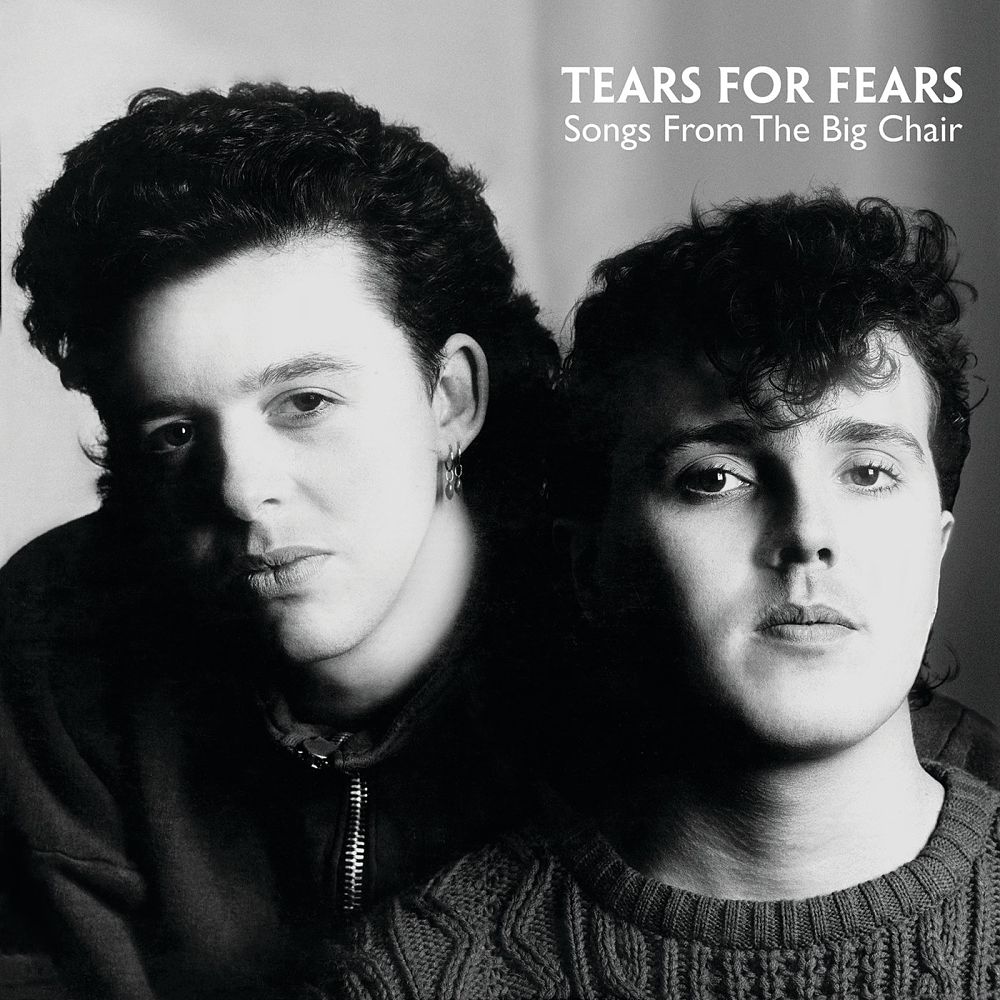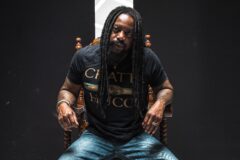The second British Invasion of the American pop charts in the early days of MTV seemed to reach its pinnacle in 1985.
But despite some stiff competition from Wham!, 1985 belonged largely to Tears for Fears, the synth-soul duo who decimated their competition with Songs From the Big Chair. Roland Orzabal and Curt Smith’s second album peaked at No. 1 on the Billboard Album Charts on the strength of such massive singles in “Shout,” “Everybody Wants to Rule the World” and “Head Over Heels.”
That Tears for Fears toured with Hall & Oates in 2017 was no random pairing. The construct by which Orzabal and Smith tagged into what Hall & Oates laid down in the first half of the 1980s took soul-pop into the moodier territory of fellow Brits like The Cure, Echo and the Bunnymen and The Smiths. It was a balance of density and melody that felt so perfectly in time but infectious enough to enter into the pantheon of great pop music of the late 20th century.
But Songs From the Big Chair was more than sonic padding around a string of smash singles, as its 18 month run on the Billboard album charts showed. When you dive deeper into the album and listen to it as a complete piece, you get an emotional pop masterpiece that continues to serve as a creative oracle for musicians 35 years after its original release on Feb. 28, 1985.
“You would never normally get three songs that strong in an album,” Smith recently said about the album. “But balance that out with tracks like ‘Listen,’ ‘The Working Hour;’ all those things that give it air and give it time to breathe I think is what makes it something more than just the sum of its parts. I think the album had a lot more depth than a lot of those other albums of that time. And albums of more depth tend to stick around longer.”
To honor its 35th anniversary, SPIN spoke to the likes of Low Cut Connie, Tim Burgess, Beach Slang and others about their respect for this enduring pop favorite.
Cait Brennan
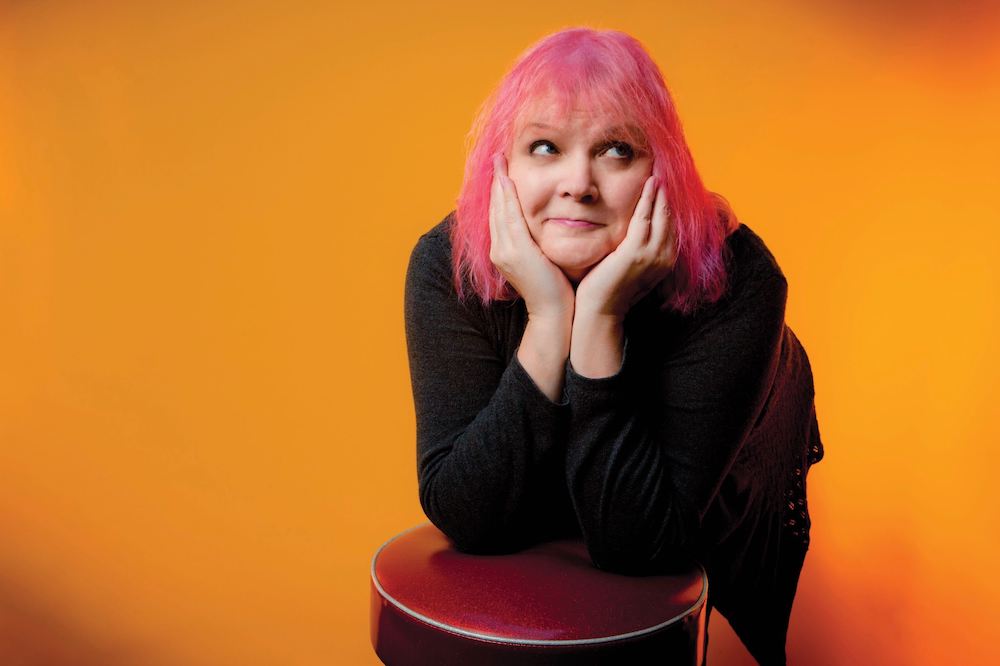
I loved The Hurting, but Songs From the Big Chair was something else entirely—a dizzying mix of synthpop, jazz, soul, primal chants, arena rock, you name it. It was tuneful, deeply moving, and so much smarter than many of its contemporaries. It has a bit of an 80s sheen to it, but the themes and songs are ageless. “Shout” and “Everybody Wants to Rule the World” remain pretty much omnipresent, but for my money “Head Over Heels” is the standout. It’s weird, angular, and relentlessly catchy—hall of fame careers have been built on far lesser treasures than this.
I’m not sure there was a better pop album in the entire decade, and there have been very few better since. They were as much a singer-songwriter band as a synthpop juggernaut, and I think they were a precursor to the college rock of the later ’80s and ’90s. They never made the big stylistic evolution the way Talk Talk did, but they deserve similar consideration for doing consistently great work that was far ahead of its time.
Adam Weiner
Singer, Low Cut Connie
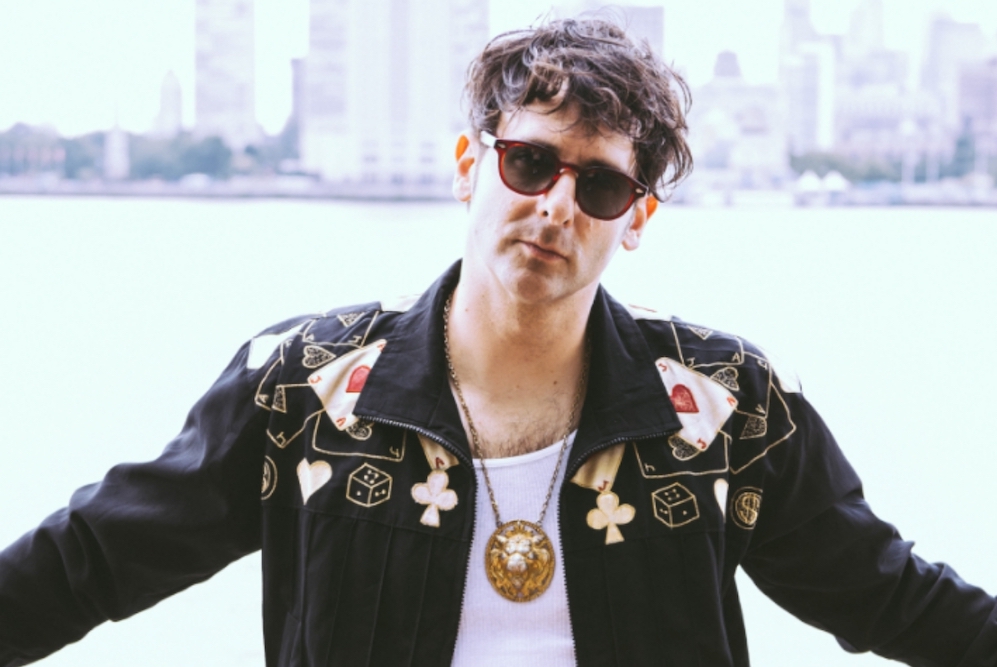
Tears for Fears exploded all over the radio when I was a tiny little kid and just becoming aware of music and having all kinds of tingly feelings. That record had three absolutely perfect monster singles that sound as fresh as paint today…”Head Over Heels,” “Shout,” “Everybody Wants to Rule the World”..those are some absolute smashes. Their songs were dark and sparkly at the same time. Fabulous vocals. We did a festival last year with TFF and they still sound phenomenal. The middle ’80s was an amazing era for these twisted, sexy monster hit singles that shook up the world.. and that record has three of ’em.
Laurie Langan
Singer, Fassine
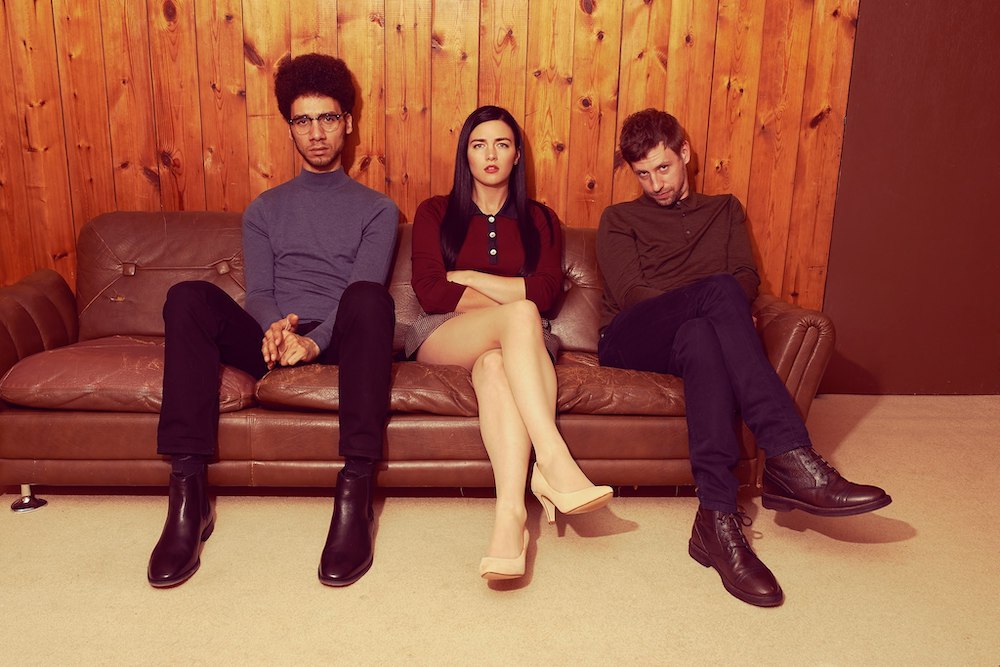
This is a small album full of big songs, “Everybody Wants to Rule the World” and “Shout” are the obvious examples but it is much more than those two songs. A mixture of ’80s pomp and sparkle along with heart-breaking and feather-light melodies make it something quite unlike anything at the time. Lyrically deceptive during a time of want and want more the songs sneak through big messages. But there is always time for an unapologetically romantic line such as “I believe that if you’re bristling while you hear this song, I could be wrong or have I hit a nerve?” Beautiful.
Grzegorz Kwiatkowski
Lead vocalist and guitarist, Trupa Trupa
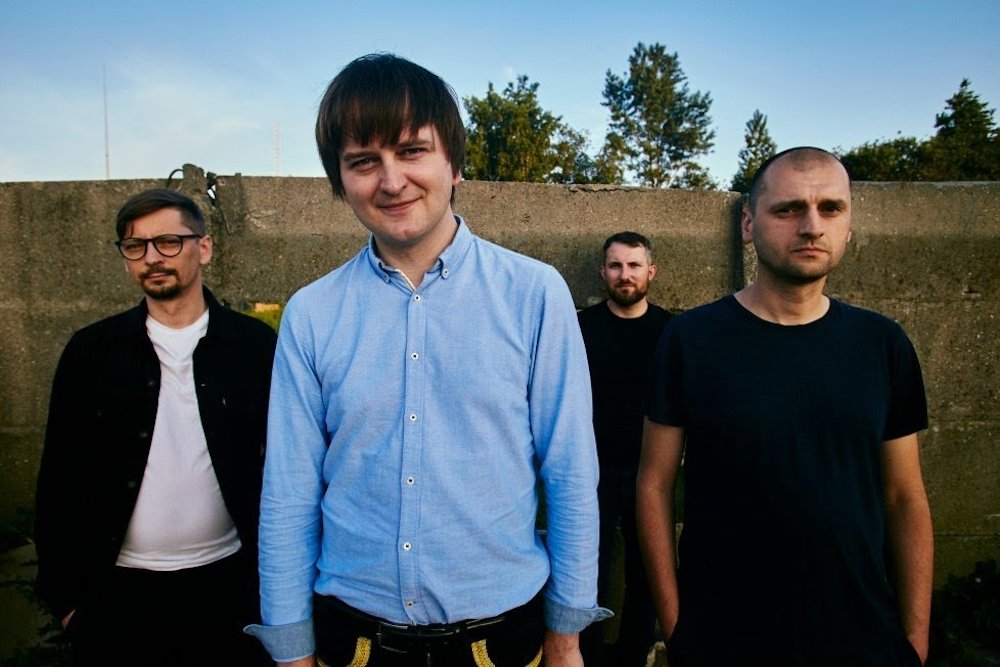
“A very powerful and very visionary album. In some way, it sounds like a mix of psychoanalytic Ingmar Bergman movies like Persona and books such as Trial by Kafka or 1984 by Orwell. Maybe I am wrong but I can feel modern fears in this Big Chair air. Such as: global financial forces are fighting with individuality and freedom. This album is full of paradoxes. It’s both pessimistic and scary and on the other hand it is very calm, almost romantic. At some points, it has some philosophical and existential kind of lyrics. Phrases like: And I believe, no I can’t believe / That every time you hear a newborn scream / You just can’t see the shaping of a life / The shaping of a life” are a real poetry. It’s just great writing and great work of art.”
Robert Vincent
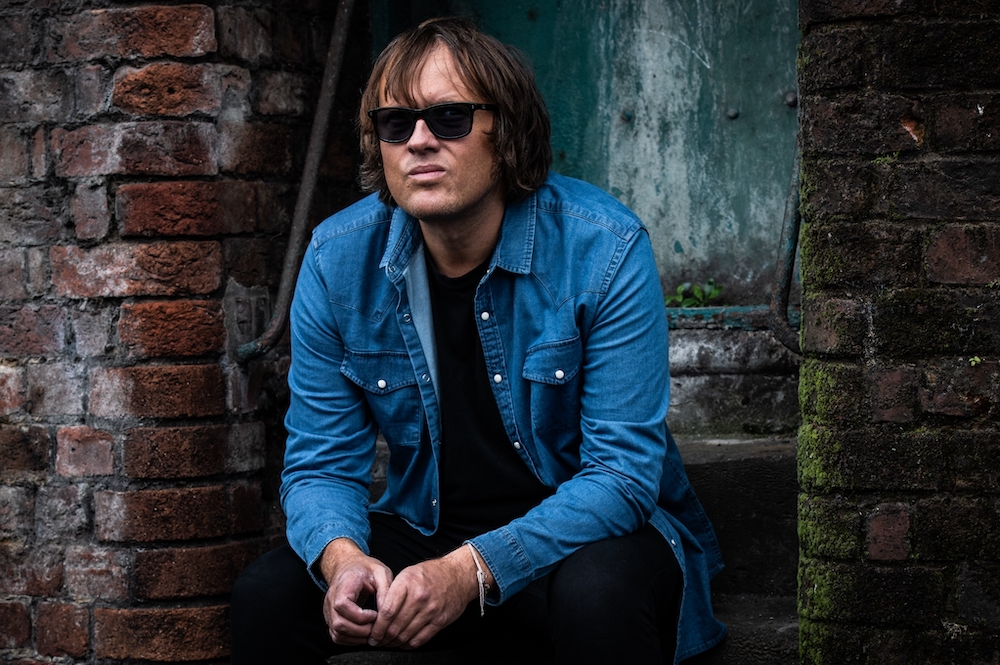
I have a vivid memory of my dad bringing the vinyl home and being instantly blown away by the songs. The music and the lyrics seemed to be something that appealed to me. Classic pop writing but with lyrics and melodies that are dark and powerful enough to speak to most people and even a 9-year-old boy at the time.
Johnny Iguana
Pianist and songwriter, The Claudettes
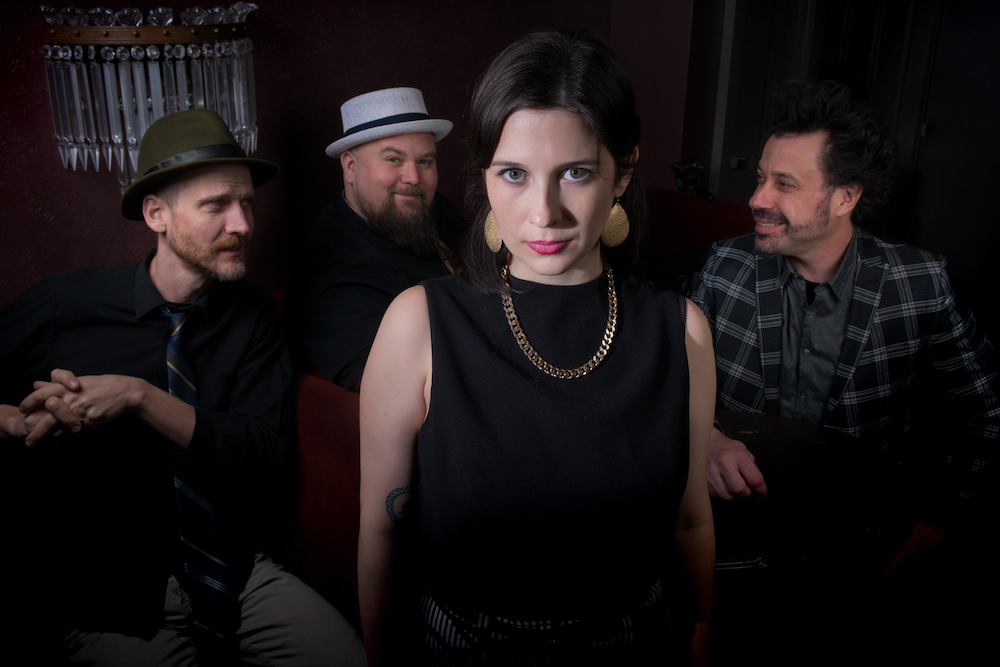
I was an irredeemably nerdy 13-year-old keyboard player living in the Philadelphia suburbs. I bought entire albums on sheet music–from Michael Jackson to Rush–and played them on acoustic piano (imagine playing “YYZ” on the acoustic piano…I did!). Then, my subscription to Keyboard Magazine unveiled something I was immensely excited about: ‘The first truly affordable sampling keyboard.’ It was the Ensoniq Mirage. I begged for it, and got one for my 14th birthday. I went around the house sampling the telephone ringing, my dog barking, bodily sounds, and laughing ’til tears came out of my eyes as I played chords out of ’em. But there were also really exciting sampled sounds on the floppy discs that came with the keyboard: whole orchestras up and down the keyboard, guitars, drum sets, horns, woodwinds. Then, I contracted mononucleosis and missed a couple weeks of school, and my parents moved the keyboard and my amplifier into my bedroom. The song I played the most: Tears for Fears’ “Shout,” a nerdy teenage keyboard player’s dream! Organ, synth bass…and those lead lines on the flute (obviously keyboard flute samples). I learned all those parts on my Ensoniq Mirage, and suppressed a smile of tremendous pride as I played bedroom concerts for my parents. I was no longer transposing Geddy Lee’s wicked bass guitar tones to the dull sonics of our ’70s Baldwin upright acoustic piano, but instead playing dead-ringer keyboard-flute Tears for Fears parts on The First Truly Affordable Sampling Keyboard. It’s funny how memory works, but happily playing “Shout” on that keyboard in my sick room, with my classmates’ “get well” cards on the desk nearby, has always remained one of my most vivid and satisfying memories of my teenage years.
Tim Burgess
Singer, The Charlatans
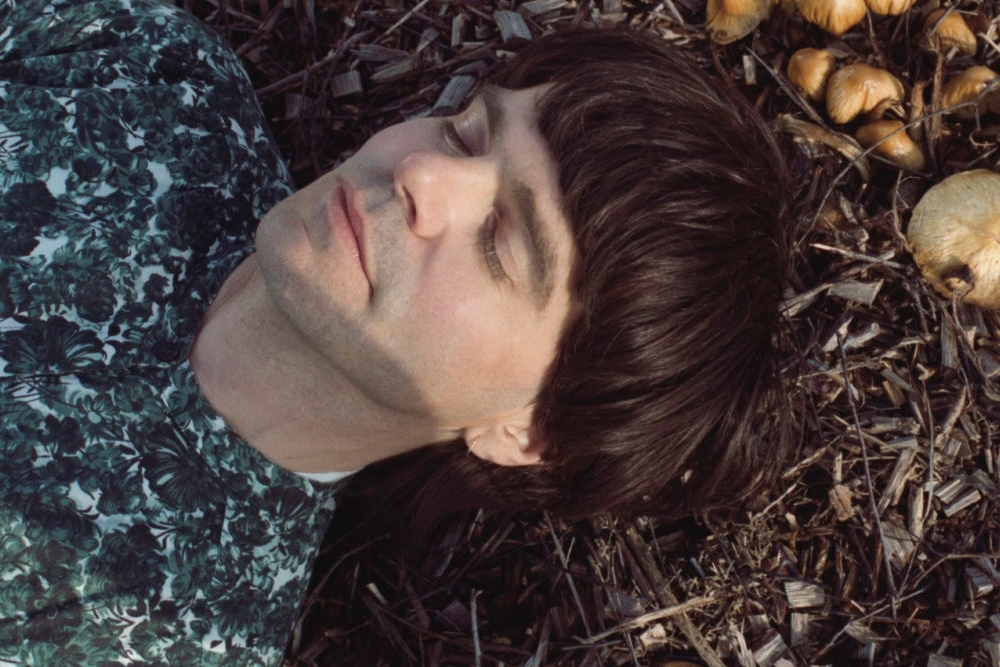
They came at a time when so many brilliant bands were in the charts, from Depeche Mode to The Cure – bands that we now realize were shaping the future of music.
I was stopped in my tracks when I first heard Mad World it was like nothing else and my love for them grew taking in classics like “Pale Shelter” and their symphonic masterpiece “Sowing The Seeds Of Love.”
As with so many classic bands, they find a new audience every couple of years and my 7-year-old son picks out their records from my collection and asks me to play them all the time his current favorite is Songs From the Big Chair and it often takes four listens before can get past The Working Hour – we enjoy their music together as much as I when I heard them the first time.
Dave Schelzel
Singer, The Ocean Blue
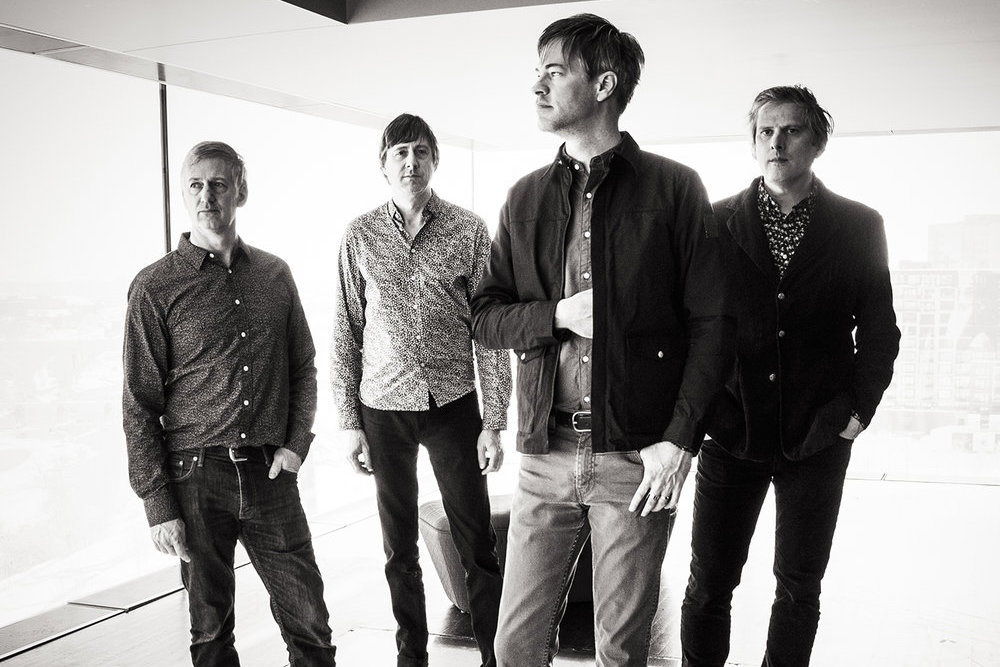
The songs from this record were part of the soundtrack to my late high school years. I heard them on the radio in the car, at the school dance, in the store, on MTV. TFF had gone from a band a few of us knew to one everybody knew with this record. It was a time when a lot of the underground music I loved was moving on to the pop charts and that wasn’t always a good thing. But TFF did it right, and this record is among the best pop records of the time. The songs and the sounds on the album were dreaming, interesting, and catchy. “Head Over Heels” in particular is one of my very favorite love songs.
Shana Falana
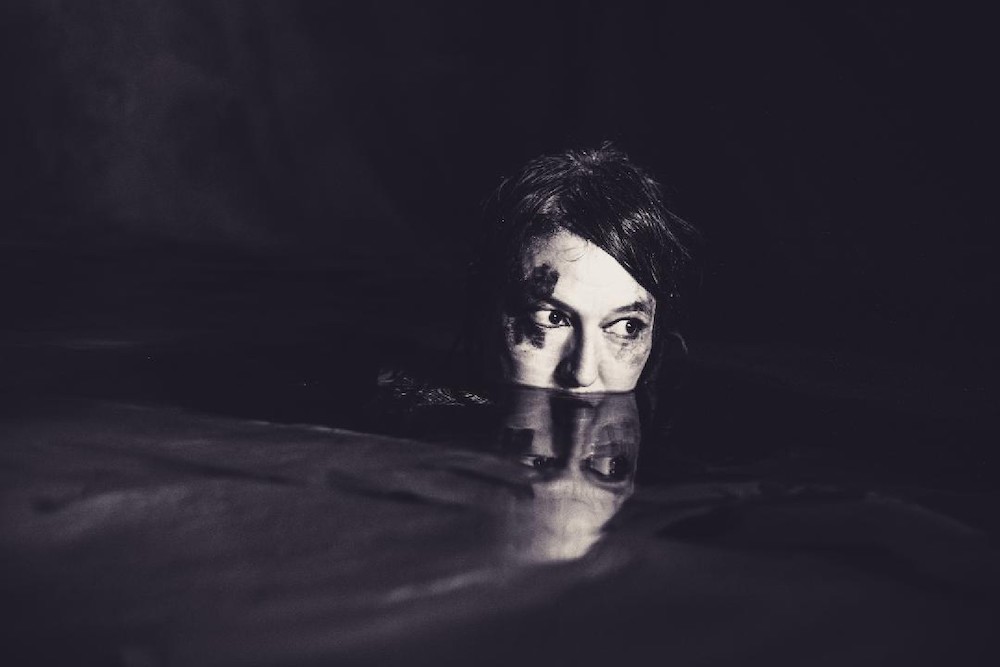
“In 1985, I was 13. Tears for Fears made me believe that music could save the world. I grew up in what is now the Silicon Valley, raised by a single mom for the most part, latch key kid. It was my job to get dinner ready, take care of the house, feed the pets, you know, chores. I also was an only child, alone on the weekends while my mom worked, my mom hired a babysitter who was only a few years older than me, and she and I would use my mom’s VCR video camera to film our dance routines and imaginary music videos. One of our greatest performances was to “Everybody Wants to Rule the World.”
Tears for Fears were like your best friends, they had your back, they knew how confusing the world was and they wanted to let you down easy, and give you something uplifting (sounding) to sing as you were contemplating how f’d up everything was.
Twirling around in my backyard, video camera on a TV tray tripod, dressed up in Esprit clothing, (my dad worked for Esprit) trying not to step in dog poo, we made our music videos, blissfully listening to Tears for Fears totally unaware of how conflicted their songs were because they made everything sound so uplifting (“Mothers Talk”).
James Alex
Singer and guitarist, Beach Slang
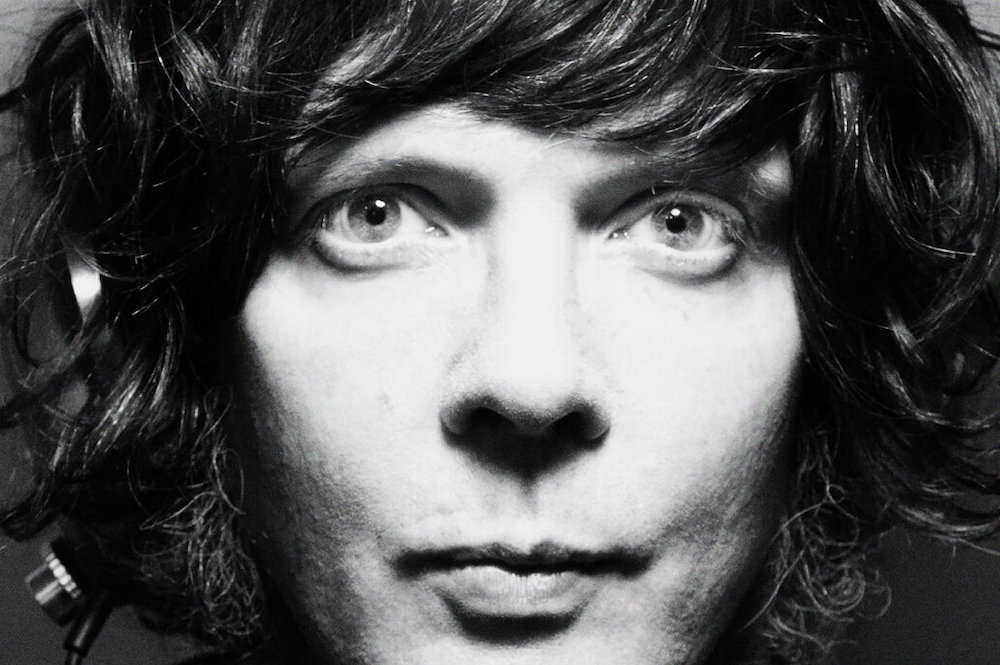
I suppose, like a lot of people, Songs From the Big Chair was my turn-on to Tears For Fears. When I was a teenager, I heard “Shout” at a real degenerate pool party some friend of a friend was throwing. And there are three very distinct things I remember about that: (1) Roland Orzabal’s voice, (2) the lyric “I’d really love to break your heart” and (3) coming up from a dive, hair slicked back, and some girl saying, “You look like Curt Smith.” Of course, I tried to play it cool, you know, act like I got the reference. She knew I didn’t. “The one guy from Tears For Fears.” I shrugged or nodded or something equally awkward. It’s that weirdo coming of age stuff—one second you’re up, the next you’re wobbling. I don’t know. Look, I was a clumsy kid trying to fit in somewhere. She was a real good shove towards that.
I guess that’s what stitches certain records into you, you know? They frame these bits of your life. They soundtracked the whole messy deal. Music just seems to stick to all of it. I mean, I could make piles of mixtapes about clunky kisses or wrecked nights. And, I swear, this song and that girl would be stuck inside every one.
Lou Canon

When I was 16 years old, I was listening to a lot of early 80’s King Crimson – namely Discipline and Beat. It was a little more quantized and pop-leaning than the Crimson of previous years, and I was looking for more bands that explored that prog-pop territory. I discovered a few Discipline-adjacent records: Peter Gabriel’s Melt, Roxy Music’s Avalon and Tears For Fears’ Songs from the Big Chair. Tears For Fears seemed to scratch every itch. I loved how rhythmic it was. The drums were front and center along with the vocals. The production on Big Chair is painstaking, and I heard a rumor recently that they spent a week alone on the basic snare sound. I also loved that “I Believe” was dedicated to my lifelong hero Robert Wyatt. They seemed like prog nerds who had a penchant for Beatles worship. Much like the Beatles, the songwriting is airtight, and I love when a record is nothing but hooks. It’s still one of my favorite records of all time. I once was talking about Big Chair with Adrian Belew and he said, “Oh yeah! I have a picture of Roland and Curt Smith sitting in the front row of a King Crimson concert in 1981.” So there you go!
“Head Over Heels” began my love of the Lydian scale, and the main piano melody hinges on the tension of that tri-tone interval. That alone has had a major on my own melodic sensibility. I’ve always wanted to see them live, and I had the absolute pleasure of opening for Tears For Fears a few years ago in California. It was amazing to hear them play all those songs. It reinforced my belief that the magic is truly in the details.
Eric Hutchinson
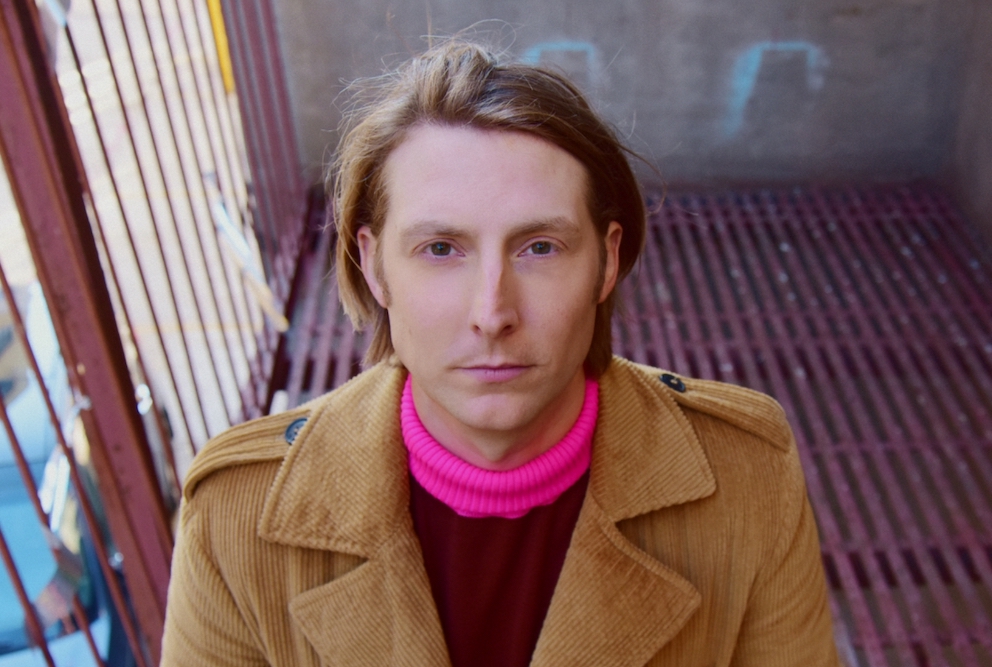
I defy anyone to pick a better song than “Everybody Wants to Rule The World” to start any type of party. The synth, guitar and shaker hum along, before the drums kick in and the song settles into that perfect ’80s shuffle groove. The song also makes an excellent start to any playlist I’m making, regardless of genre or subject matter. In short, there’s just never a bad time to hear “Everybody Wants to Rule The World.” In a perfect world, ‘Everybody’ would be played at the start of every wedding party by the band, along with “September” by Earth, Wind & Fire and “Signed, Sealed, Delivered” by Stevie Wonder. I’m also quite convinced that Michael Jackson modeled his own hit ‘The Way You Make Me Feel’ on the groove of “Everybody.” I have no concrete evidence to support this theory, but one can listen to one song after the other and notice a similar tempo, instrumentation and vibe. “Everybody” came out almost two years earlier than MJ’s song, so this makes it not only possible, but I dare say probable that Michael was listening to a lot of Tears for Fears.
Travis Johnson
Frontman, Activity
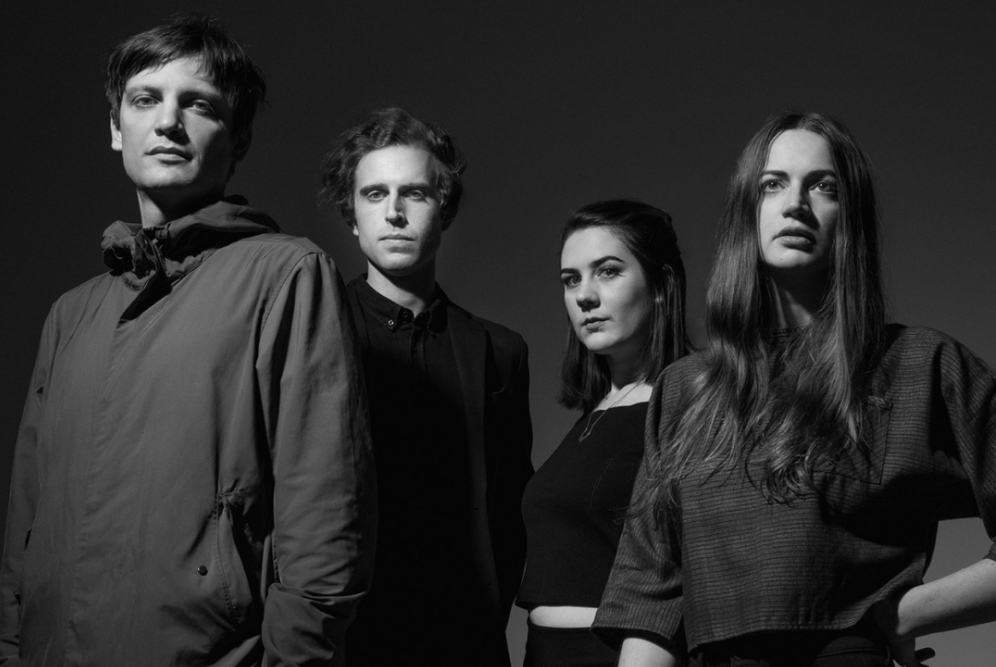
When I was a kid I saw the movie Real Genius and I loved it. I don’t know why, but I haven’t watched it since. In my memory, and I think this is correct, it ends with “Everybody Wants to Rule the World” playing over shots of a zillion tons of popcorn popping. I think I was like eight. The concept of that lyric left a huge impression on me. I’d never thought of anything like that before. It’s a very dark concept, and it’s played over those gliding chords. I’ve tried ripping it off several times. When I got the album, it started off with those descending, almost unbelievably ominous synth sounds on “Shout,” giving way to the slight relief of the chorus, then back into the descent on a loop for the outro. Very intense. Not much like it. Big Chair is still an album held down by the singles to me, but “Mothers Talk” is pretty damn good too. It’s just those singles are so colossal.

